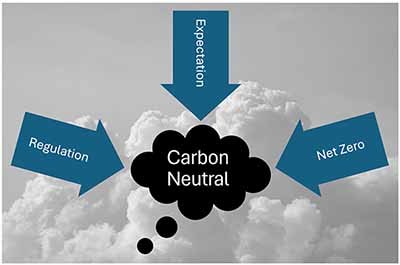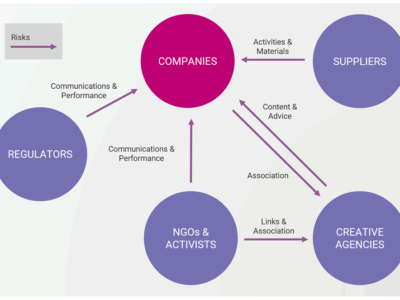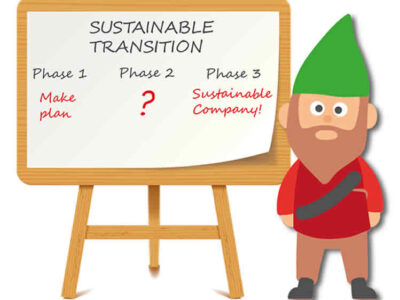Super year for nature?
Many commentators are suggesting that 2020 will be a crucial year for sustainability. The truth is that all years are, and will continue to be, but big, round numbers appear to hold a special significance for us, and a range of key policy initiatives are taking place in 2020.
Biodiversity – or more simply ‘nature’ is slowly climbing our collective consciousness. As WWF (and others…) put it ‘the world is where we live’. We’re waking up to the fact that we can’t continue to use our land, water, air and oceans in ways that damage, disturb, pollute and degrade them.

This doesn’t just harm other species (globally, wildlife populations have declined by 60% on average in 40 years) but it also harms us – sooner or later.
Put simply, if we can’t look after our own habitat, we will fail to make decent progress on human, social and environmental development targets such as the Sustainable Development Goals (SDGs) or other global challenges such as climate change.
What’s occurring in 2020?
- In September 2020 the Biodiversity Leaders Summit will be held. This will provide an opportunity for national leaders to move on from the faltering delivery of the current, “Aichi targets” (these were adopted by the Convention on Biological Diversity (CBD) at its Nagoya conference to drive focus and activity on biodiversity between 2011 and 2020) and agree upon urgent action necessary to restore nature globally.
- 2020 is the 75th Anniversary of the United Nations. Several environmental targets under the Sustainable Development Goals (SDGs) will conclude in 2020 – the overall deadlines being 2030.
- The UN Convention on Biological Diversity (CBD) will hold COP 15 – its 15th Conference of Parties in Beijing in October 2020 – where it should decide on a new 10-year framework for biodiversity. This is important as it should lead the way for natural recovery globally, if the goals and targets are ambitious enough.
Building collaboration
But we can’t just wait for governments. Leading global companies and NGOs have built the Business for Nature coalition to convene a united business voice for nature. Amongst others, they are campaigning to halt the deterioration of the natural world and decline of life on Earth. They are calling on governments to adopt an ambitious new deal for nature that recognises the moral, economic and practical necessity to protect nature.
Some leading business already understand their dependencies and reliance upon nature and natural systems, the nature of bilateral risks and how they rely upon natural capital to build long term value. However, they are just a few, this needs to become common and accepted practice. In addition, there is still a gap between recognising relationships and dependencies, and building sustainable and rejuvenative business models for a flourishing future.
DISCOVER MORE | Sustainability Issues
Carbon Neutral Communications
Despite considerable regulatory focus on carbon neutral claims, companies are still getting their communications wrong, so what is happening?
While many large companies now appear wary of making claims about carbon neutrality, we can still see considerable focus on these in the SME space, some …
Reputation risk and sustainability – who do you work with?
Reputation is widely regarded as one the most valuable assets of an organisation. Sustainability can also be an important contributor to both reputation and several dimensions of business value.
In this article we explore different dimensions of reputational risk, how it might be affected and how …
Sustainable Aviation?
On the 28 November 2023, the first long-haul passenger plane powered with ‘sustainable’ air fuel took off. SAF offers an ostensibly attractive path for decarbonisation for the airline industry – the lifecycle greenhouse emissions can be up to 70% lower than conventional fossil-based fuels.
While …
Greenwashing – dimensions of risk
Greenwashing – misleading communications on sustainability issues – has various dimensions of risk, but these are often overlooked, and their implications are insufficiently examined.
While greenwashing may appear as simply irritating, it actually causes a range of harm and presents multiple …
Sustainable transition – waiting for the underpants gnomes?
Dramatic changes are needed in business and industry to head off coming poly crises and build a prosperous future for the growing global population.
But plans for this ‘sustainable transition’ are few and far between and often lack credible substance to bridge the link between ambition and action. …
Avoiding strategic greenwashing – why your business strategy must be plausible
Worldwide regulators are tightening up on strategic greenwashing to protect consumers, business and market integrity. As further examples arise there is more, we can learn about what regulators will tolerate and what they require of companies.
Put simply, any leeway for general feel-good …
WEF Global Risks 2023 – What’s new and what’s changed?
While big picture environmental threats of climate change, nature loss and ecosystem collapse remain long term risks, geopolitical instability and the current cost-of-living crisis challenges present emerging challenges to the chance for global consensus and coordinated action.
The WEF (World …
2023 sustainable business trends and challenges – what to watch out for
From avoiding greenwashing to facing soaring business costs, 2023 is set to be a challenging year for most business leaders to navigate.
Regulators, customers and consumers have increasing expectations for good quality, consistent information on sustainability. Communication must be accurate and …
Sustainable value creation
Understanding the relationship between your organisation and the wider world, and identifying which issues, trends, dependencies and risks are material (important) to your business future is critical. Not just for measuring and managing impact, but also for developing resilience and responding to …
Something in the air – the burden of air pollution
Small particle air pollution – when will we clear it? PM2.5 (small particle) air pollution is one of the most harmful types for human health, exposure has been linked to heart and lung disease, mental health and many other conditions including stroke, cancer and mental health. Air pollution …











 Transforming the business case for sustainability
Transforming the business case for sustainability
Leave a Reply